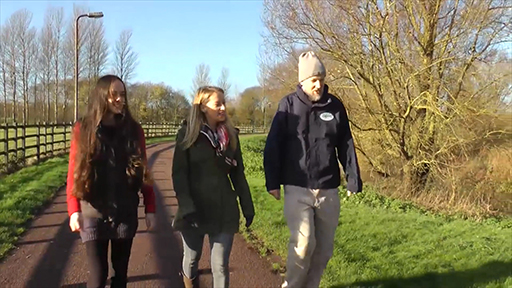Week 7: Joining an online citizen science community
Introduction
This week of the course focuses on how you can learn more about the wildlife and habitats around you; build your species identification skills while joining an online citizen science community; and participating through iSpotnature.org. It outlines five ways to participe and learning about biodiversity through using iSpot: explore, identify, contribute, personalise and recognition. This week of the course takes you step-by-step through the process of joining an online citizen science community and using iSpot: browsing, registering, adding an observation, including a species name to an identification, using the iSpot Species Browser and iSpot keys, understanding taxonomic hierarchy, as well as personalising and customising your iSpot experience.

Transcript
By the end of this week, you should be able to:
- understand the process of how to use iSpot to make observations, post comments, develop projects and customise it with filters
- recognise the value of rewards for species identification via iSpot’s Reputation system
- use a citizen science platform that recognises and values learning, e.g. iSpot quizzes
- understand what it means to be part of an active citizen science community.
